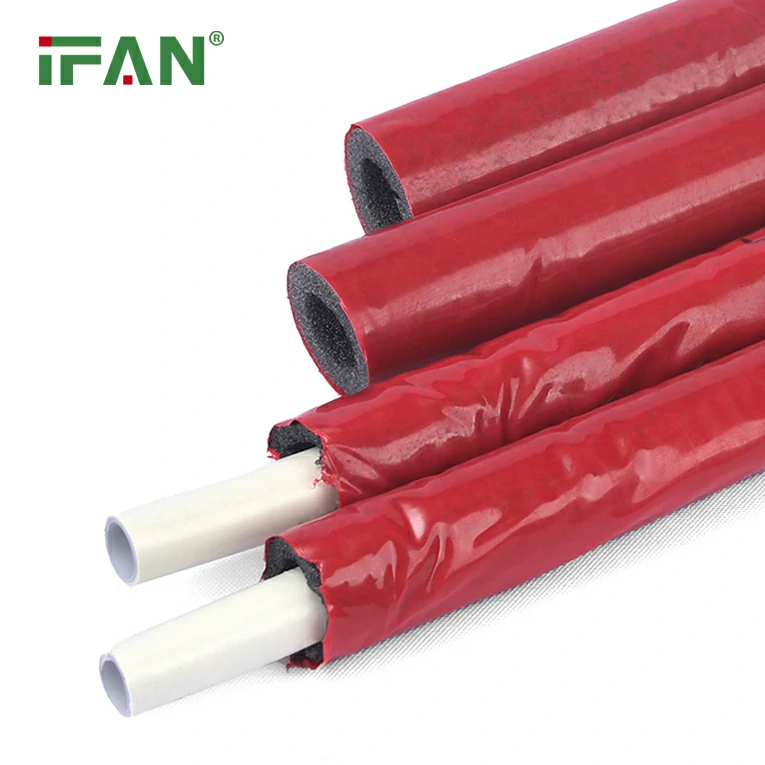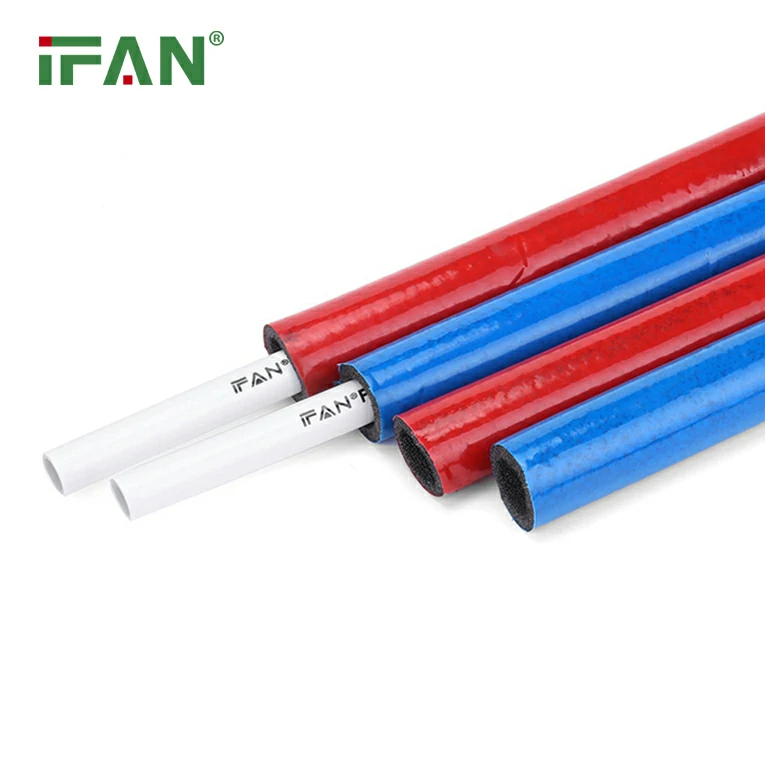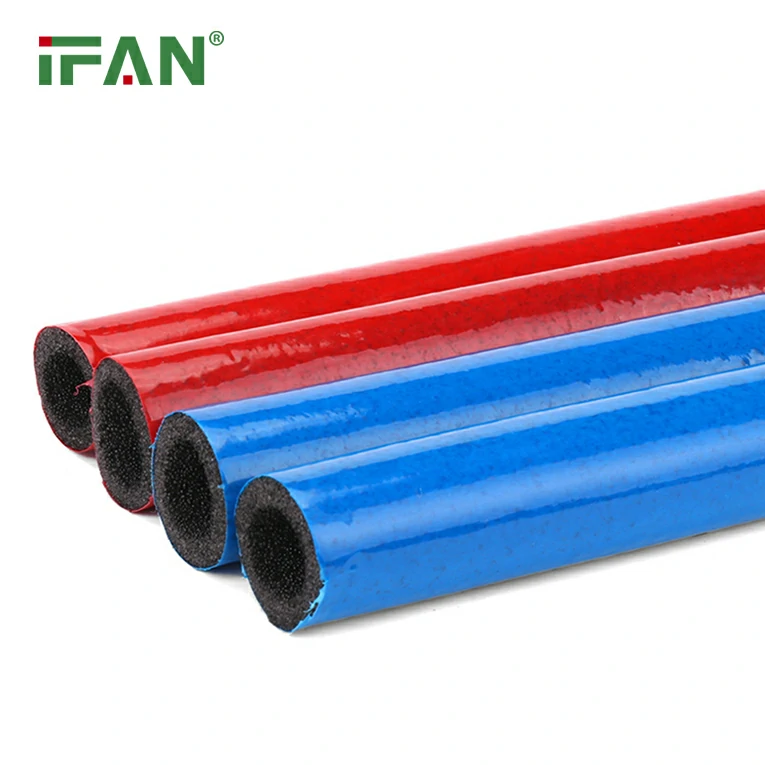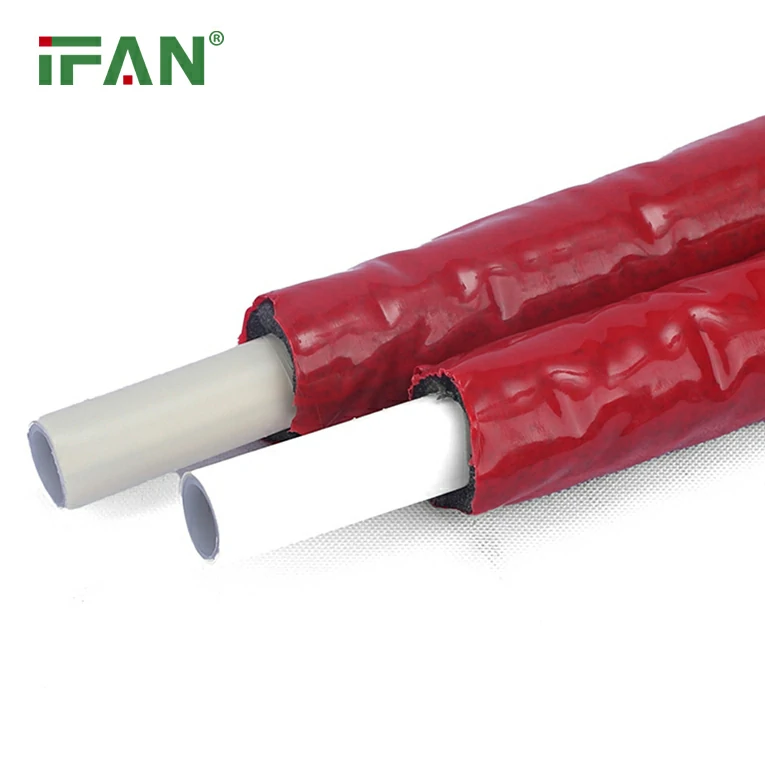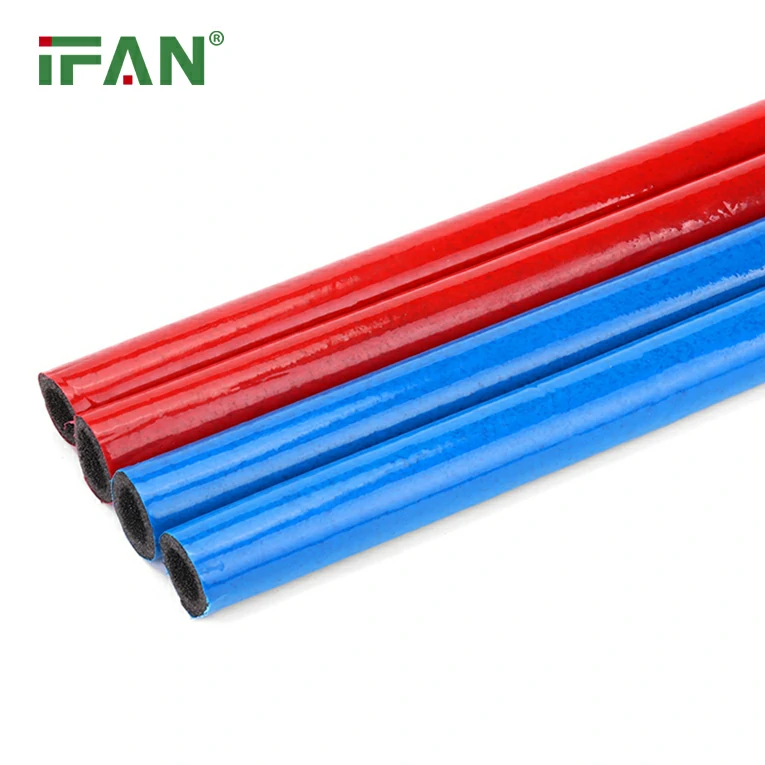IFAN factory 30+ years manufacture experience support color /size customization support free sample.Welcome to consult for catalog and free samples.This is our Facebook Website:www.facebook.com,Click to watch IFAN’s product video.Compared with Tomex products, our IFAN products from quality to price are your best choice, welcome to buy!
PPR fittings, or Polypropylene Random Copolymer fittings, are essential components used in modern plumbing systems for connecting PPR pipes in both residential and commercial settings. Known for their durability, resistance to corrosion, and cost-effectiveness, PPR fittings have become the go-to choice for many plumbing applications. This article will explore the various types of PPR fittings, their uses, and the benefits they bring to your plumbing system. Whether you’re a professional plumber or a DIY enthusiast, understanding these fittings will ensure the longevity and efficiency of your plumbing setup.
What Are PPR Fittings?
PPR fittings are made from polypropylene — a type of thermoplastic polymer known for its resistance to high temperatures and chemicals. These fittings are typically used in combination with PPR pipes to create a reliable and long-lasting connection for plumbing systems. PPR fittings are designed to handle both cold and hot water, making them ideal for a variety of plumbing applications in homes, businesses, and industrial environments.
Advantages of PPR Fittings
Before diving into the specific types of PPR fittings, it’s important to understand why they are so widely used:
- Durability: PPR fittings are highly resistant to wear and tear, ensuring a long lifespan even in demanding environments.
- Corrosion-Resistant: Unlike metal fittings, PPR fittings do not corrode or rust, making them a reliable choice for water supply systems.
- Temperature Resistance: These fittings can withstand both high and low temperatures, making them suitable for a wide range of applications, from hot water distribution to cold water systems.
- Leak-Proof: When installed correctly, PPR fittings provide a secure, leak-free connection, reducing maintenance costs and water wastage.
- Cost-Effective: Compared to materials like copper or stainless steel, PPR fittings are relatively inexpensive, making them a budget-friendly option for plumbing projects.
Types of PPR Fittings and Their Uses
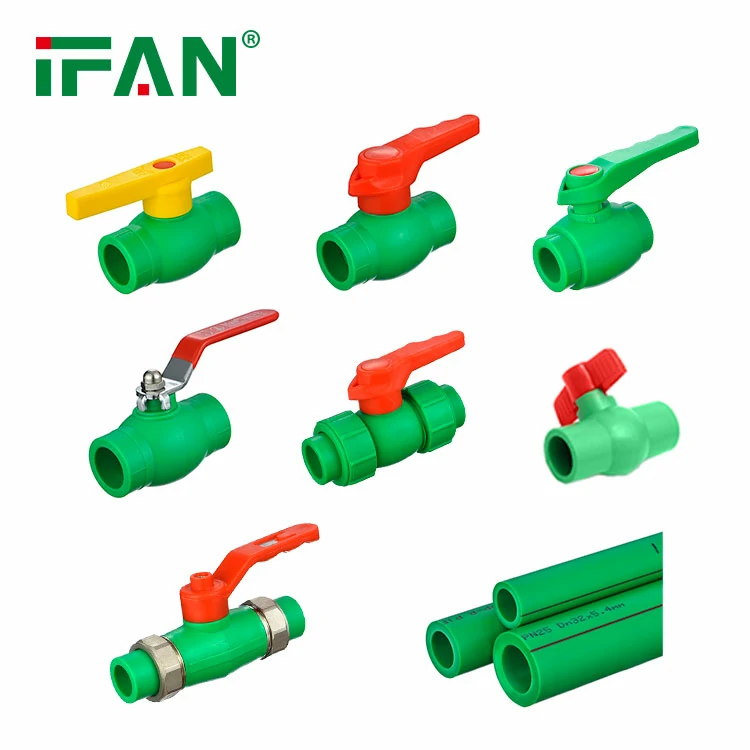
There are several types of PPR fittings available on the market, each designed for specific plumbing needs. Let’s explore the most common types and their uses:
1. PPR Elbow Fittings
PPR elbow fittings are used to change the direction of the pipe. These fittings are typically available in 45-degree and 90-degree angles, allowing you to make precise turns in your piping system. Elbows are commonly used in both residential and commercial installations where pipes need to navigate around corners or obstacles.
- Use: Ideal for turning pipes in tight spaces, making them essential for connecting water supply lines in confined areas like walls, under sinks, and in basements.
2. PPR Tee Fittings
A PPR tee fitting is a type of fitting that allows three pipes to be connected at a single point. They come in a “T” shape and are used to branch off a primary pipeline into two separate lines. PPR tees are essential when splitting the flow of water to different fixtures in a plumbing system.
- Use: Commonly used to connect branches in a main water line. For example, they can be used to route water to two different sinks or to supply hot and cold water to a shower.
3. PPR Coupling Fittings
A PPR coupling fitting is designed to connect two pipes of the same diameter. These fittings are straightforward and are essential when you need to extend a line or join two sections of pipe together. PPR couplings are typically used in long, continuous lines, such as in the main water supply.
- Use: Used for extending or joining two sections of PPR pipe. This is the most common fitting used in plumbing systems for pipe-to-pipe connections.
4. PPR Reducer Fittings
A PPR reducer fitting allows you to connect pipes of different diameters. These fittings are important when transitioning from a larger pipe size to a smaller one, helping maintain flow rates while minimizing pressure loss.
- Use: Ideal for reducing the size of a pipeline, such as connecting a larger pipe to a smaller one to supply water to a faucet or appliance.
5. PPR Union Fittings
A PPR union fitting is designed to connect two pipes in a way that allows for easy disconnection. Unlike a standard coupling, a union can be easily removed and reassembled, making it useful in situations where maintenance or repairs might be necessary.
- Use: Often used in situations where periodic disassembly of the piping system is required, such as with valves or water treatment equipment.
6. PPR Male and Female Threaded Fittings
These PPR fittings have external (male) or internal (female) threads that allow for connections with other threaded plumbing components. This type of fitting is often used when connecting PPR pipes to fixtures or appliances that have threaded ports.
- Use: Commonly used in applications where a threaded connection is required, such as attaching a showerhead or faucet to a PPR water supply pipe.
7. PPR End Cap Fittings
PPR end cap fittings are used to close off the end of a pipe. These fittings provide a secure seal, preventing water flow from exiting the pipe. PPR end caps are especially useful during the installation or maintenance of a plumbing system when certain sections of piping need to be temporarily sealed.
- Use: Commonly used in situations where a portion of the plumbing system needs to be sealed off, such as when testing pressure or during construction.
8. PPR Valve Fittings
PPR valve fittings are used to control the flow of water within a plumbing system. These fittings come with an integrated valve mechanism, allowing you to turn the water on or off, or adjust the flow rate. They are available in a variety of sizes and styles, including ball valves and gate valves.
- Use: Ideal for controlling water flow in specific sections of the plumbing system, such as under sinks, near water heaters, or for irrigation systems.
9. PPR Cross Fittings
A PPR cross fitting connects four pipes at a central point, forming a cross shape. These fittings are used in more complex plumbing systems where multiple pipe branches intersect.
- Use: Often used in larger commercial plumbing installations, such as industrial facilities or large buildings, to manage multiple pipe connections at once.
10. PPR Flange Fittings
PPR flange fittings are used to connect PPR pipes to larger, flanged components such as pumps or valves. The flange allows for a secure, leak-free connection using bolts to fasten the pipes to other equipment.
- Use: Typically used in larger plumbing systems where higher water pressures are involved or when connecting pipes to heavy-duty equipment.
How to Install PPR Fittings
Installing PPR fittings is relatively simple, but it does require careful preparation. Here’s a quick overview of the steps involved in installing PPR fittings:
- Prepare the Pipe: Use a pipe cutter to make clean, straight cuts. Deburr the edges to ensure a smooth surface.
- Heat the Pipe: Heat the end of the PPR pipe to the recommended temperature using a specialized heating tool. This makes the pipe more flexible.
- Insert the Fitting: Quickly insert the heated pipe into the fitting and hold it in place until it cools and hardens.
- Secure the Fitting: Make sure the connection is tight and secure. Use the appropriate tools to ensure there are no leaks.
Frequently Asked Questions (FAQs)
- What are PPR fittings made of?
PPR fittings are made from polypropylene, a durable and corrosion-resistant plastic material that is ideal for plumbing applications. - Can I use PPR fittings for hot water systems?
Yes, PPR fittings are designed to withstand high temperatures, making them suitable for hot water systems. - How long do PPR fittings last?
When properly installed, PPR fittings can last for several decades, thanks to their resistance to corrosion, wear, and high temperatures. - Do I need special tools to install PPR fittings?
Yes, you will need a heat tool to soften the pipe before inserting it into the fitting. This ensures a secure, leak-proof connection. - Are PPR fittings more cost-effective than metal fittings?
Yes, PPR fittings are generally more affordable than metal fittings like copper or brass, making them a budget-friendly option for plumbing projects.
Conclusion
Understanding the different types of PPR fittings and their uses is essential for anyone involved in plumbing projects. These fittings offer a durable, cost-effective, and reliable solution for a wide range of plumbing applications. By choosing the right PPR fittings for your needs and following proper installation techniques, you can ensure a long-lasting, leak-free plumbing system.

